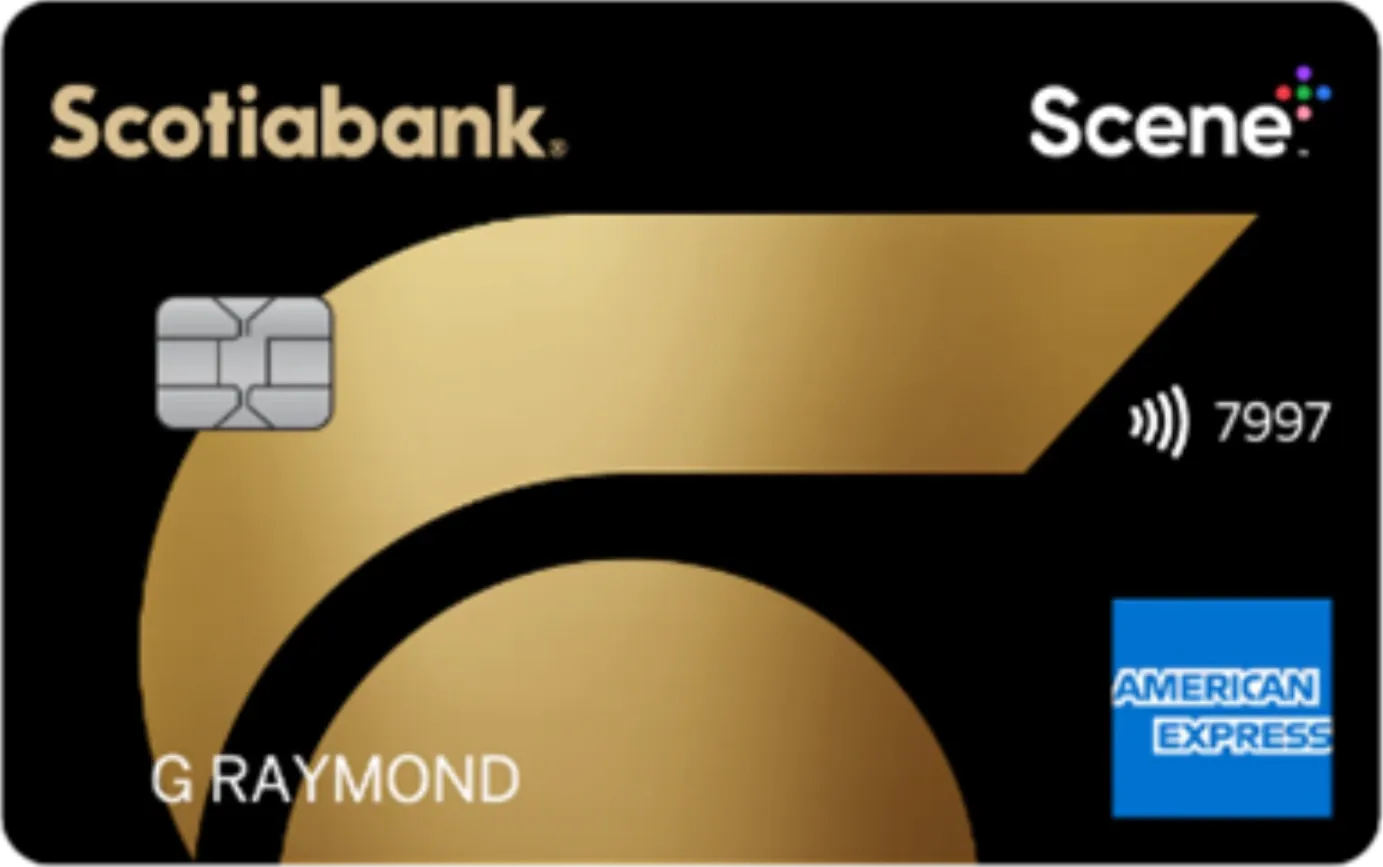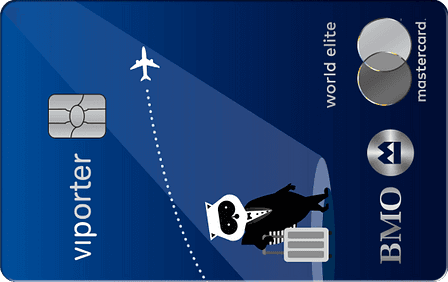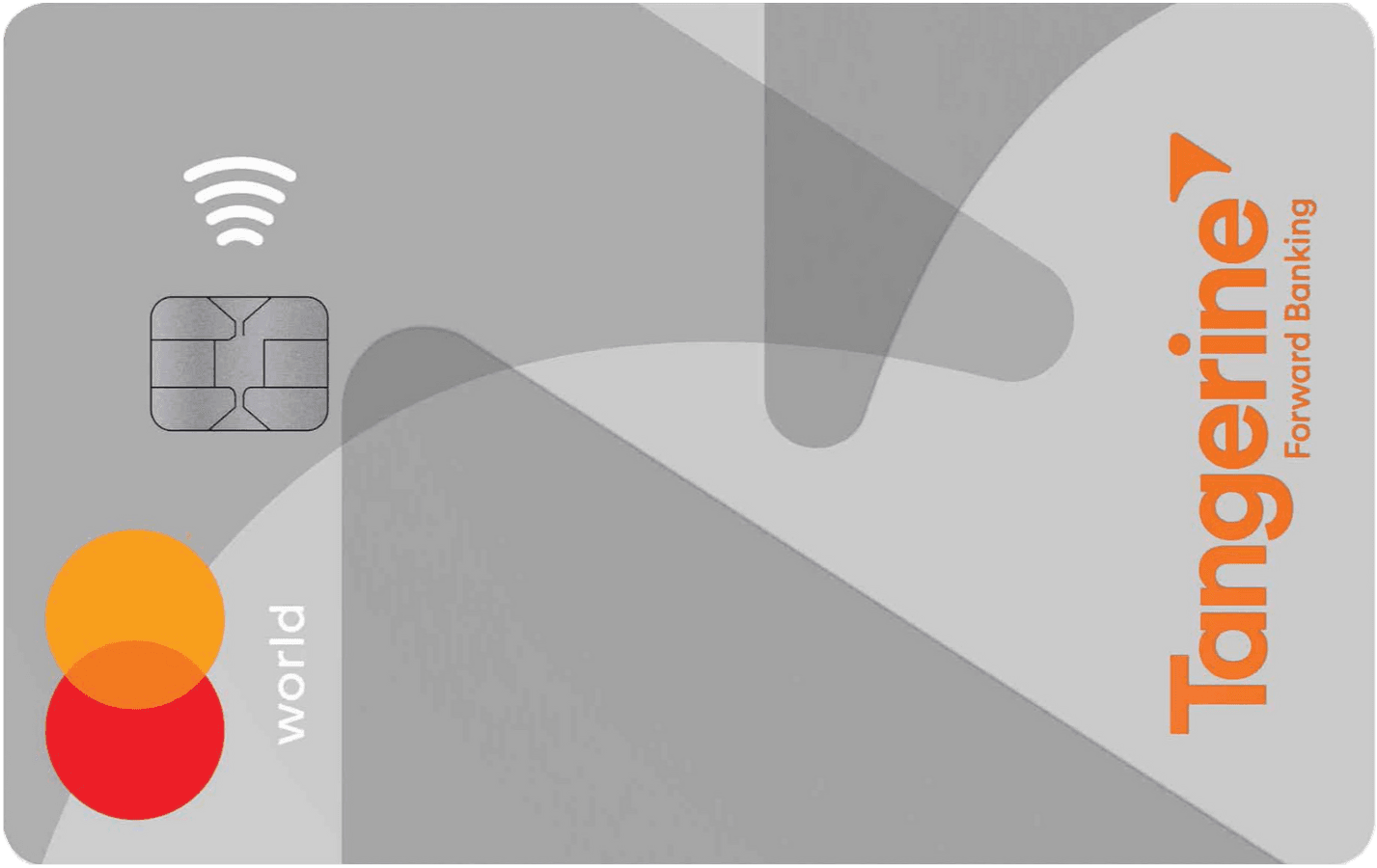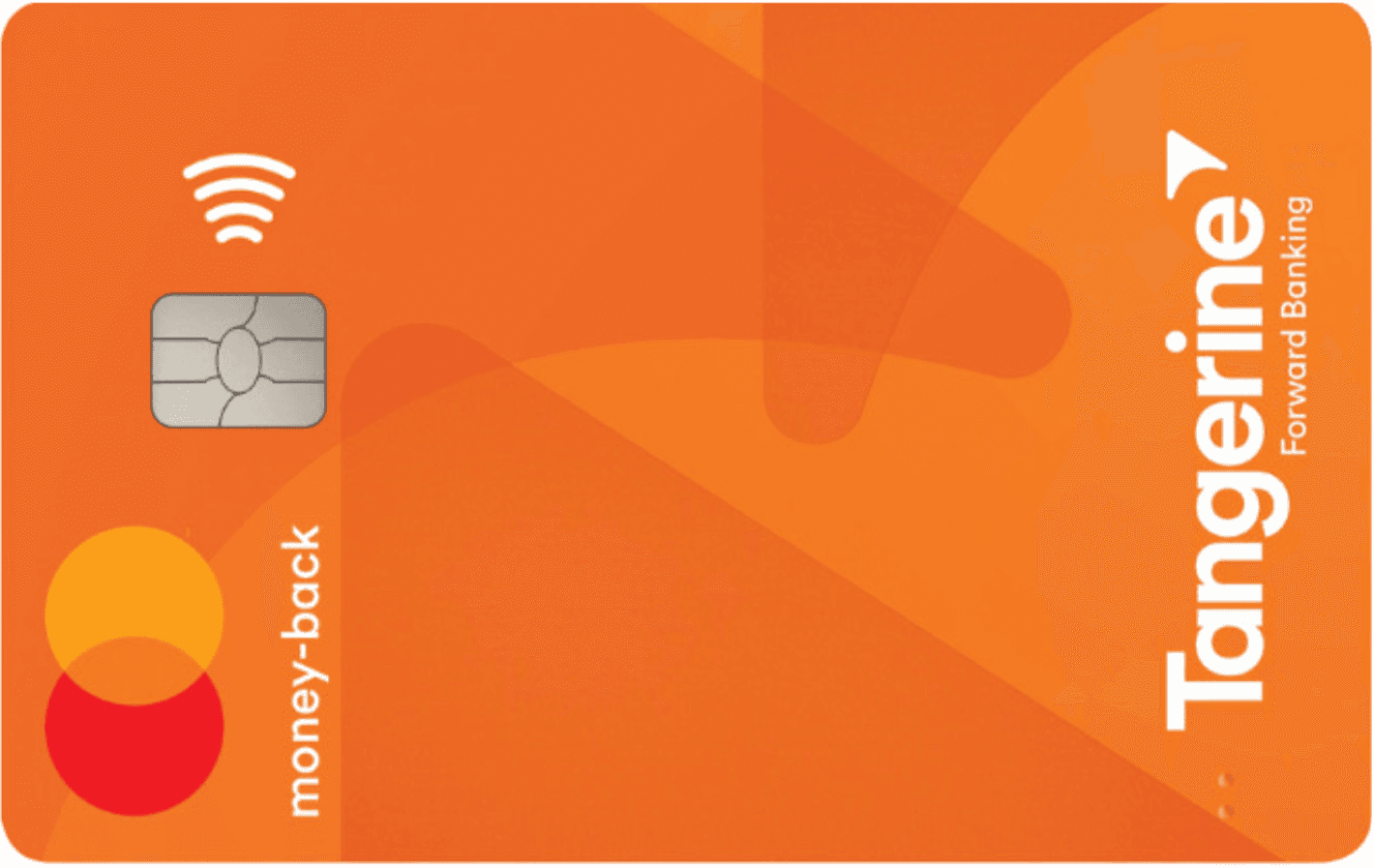Working hard in the background...
6 Credit Card Red Flags to Avoid
Published Sep 1, 2025 10:49 PM UTC • 5 min read
We get it, applying for a new credit card can be tricky. Behind their colourful or metallic branding, and enticing welcome bonuses, there are plenty of other factors to consider.
In this blog post, we’re going to deconstruct all of the red flags that are often hidden within the fine print, from unnecessary fees to high interest rates to incomplete credit reporting.
Not sure what we mean? Don’t worry, we’ve got you covered!
Whether you’re new to the credit card world or looking for a card that’ll help nurse your credit score back to health, keep scrolling for all of the intel plenty of issuers won’t tell you upfront.
1. Unnecessary, Hidden or Excessive Fees
First thing’s first: credit card fees.
The most obvious are annual fees, which can be the most expensive cost included on a card. Thankfully though, these costs are disclosed upfront, at least they are on our Best Credit Card Finder page, so you’ll know exactly what you're getting yourself into. Typically, you’ll only select a high-fee card if you intend on using its added benefits to their full extent. That way, the overall value of the card will offset the annual cost – making the investment well worth it.
Bottom line: make sure the value of the card outweighs the annual cost of the card.
Some credit cards can also have sneakier fees, such as:
- Cash advance fees
- Balance transfer fees (unless you opt for a balance transfer credit card with a promotional rate)
- Late payment fees
- Application fees
- Processing fees
- Activation fees
- Monthly maintenance fees
- Membership fees
- Foreign transaction fees (unless you opt for a no-foreign-transaction-fee credit card)
Want to ensure you find any and all fees associated with your credit card? As always, read the fine print on your credit card’s terms and conditions.
2. High Interest Rates
If you ever happen to carry a balance on a credit card, then an interest rate will come into play. Your interest rate is the amount of money you’ll have to pay based on your carried balance until your debt is completely covered.
Day-to-day credit cards tend to have relatively high interest rates compared to low-interest credit cards, which are specifically designed to help you tackle debt repayments without incurring high additional fees.
Ultimately then, if you suspect that you might carry a balance from time to time, it’s best to apply for a low-interest credit card instead of a typical travel or everyday spending credit card.
Of course, we understand that debt can be unexpected. If you accumulate debt on a regular credit card with high standard interest rates, you can always look into transferring your balance to a balance transfer credit card by a different issuer – these cards were created to grab ahold of your balances and give you the chance to pay them off with low to no interest (at least for a limited time).
3. Rewards Prone to Caps or Expiration Dates
While a rewards program can be a big selling point for most credit cards, keep an eye on programs that offer high rates that are short-lived.
For example, some cards may have impressive rates on certain specialized categories, but these rates are tied to a promotional period that will end in a few months or when a certain spending/earning cap is met. Similarly, some cards may have rewards categories with monthly or annual spending/earning limits. Once you meet those limits, you’ll be subject to the card’s base rate – which is usually less exciting.
At the end of the day, you’ll want to apply for a credit card with good reward rates beyond any welcome bonus offers as well as programs without spending/earning caps on specialized categories (or at least avoid those with low monthly or annual spending/earning caps).
4. Credit Limits That Are Too Low or Too High
All credit cards have a credit limit, which is typically dependent on your credit health. If you pay your balance in time and keep your credit utilization below 30%, some cards will allow you to increase your credit limit. Surpassing 30% could negatively impact your credit score.
To learn more about successfully keeping up with your billing cycle, check out our Credit Card Billing Cycle blog.
When a credit limit is too low, it leaves you with little wiggle room that still keeps your credit utilization ratio low. If your initial credit limit on your card is $500 and your balance is $250 at the end of your billing cycle, your utilization will be 50% – which is higher than recommended.
You’ll also want to take any annual fees into account. For example, if your card also has an annual fee of $50 then it’s almost as though your credit limit is $450, making a $250 balance even more influential on your credit health.
Low spending limits also restrict reward accumulation.
When a credit limit is too high, you might be tempted to dip into it more, making it easy to surpass the below 30% mark. In short, too much leeway can sometimes lead to overspending, creating a domino effect that impacts your credit health.
5. Incomplete Credit Reporting
Building off of the previous section, at the end of each billing cycle, a credit report gets sent out to the major credit bureaus in Canada (Equifax and TransUnion). Your credit report is what determines your credit score, and the way you behave financially during your billing cycle is documented in your credit report.
If you ever need to apply for a loan or perhaps even a new credit card, your lenders will request your credit report. Since you don’t know which credit bureau your lender will be requesting your report from, it’s important that your current credit card sends your credit report to both bureaus.
For instance, if your lender requests the report from Equifax and your credit card only reports to TransUnion, they won't have access to your credit history – which is essential for approval.
6. No Upgrade Opportunities
If you’re new to the credit card game or you want to improve your credit health and therefore opt for a secured, beginner, or low-interest card, you’ll want to ensure that your issuer provides other cards for you to transition to once you build up your credit.
Sometimes, an upgrade will be automatic or prompted by the issuer. Other times, you’ll have to request an upgrade or simply apply for the next best card available.
Secured credit cards require a deposit upfront, this is used as collateral in case you fail to make your payments. If you have a secured credit card and you’re ready to upgrade, as long as your account is in good standing, you’ll get your deposit back. If no upgrade is available by your issuer, you may need to close the account to receive the deposit. Preferably, you’ll want to make sure in advance (i.e. before applying for a secured credit card in the first place) that upgrades are available since closing any credit card can impact your credit score.
Conclusion
Most of the time, credit card red flags won’t be waving around directly in your face. Oftentimes, you’ll need to find them in the fine print.
To make things easier for you, we’ve pointed out some of the most important factors to look out for when applying for a new credit card, including unnecessary fees, high interest rates, reward caps or expiration dates, credit limits and their implications, incomplete credit reporting, and of course the lack of upgrade opportunities.
Whether you’re starting a new credit card journey yourself or scouting out tips for a student, relative, or newcomer, be sure to bookmark this page and above all else – read every credit card’s terms and conditions.
About the author

Sara Skodak
Since graduating from the University of Western Ontario, Sara has built a diverse writing portfolio, covering topics in the travel, business, and wellness sectors. As a self-started freelance content ... See full bio
Trending Offers

Scotiabank Gold American Express® Card

BMO VIPorter World Elite Mastercard®∗

MBNA Rewards World Elite® Mastercard®

BMO VIPorter Mastercard®∗

Tangerine World Mastercard

Tangerine Money-Back Credit Card